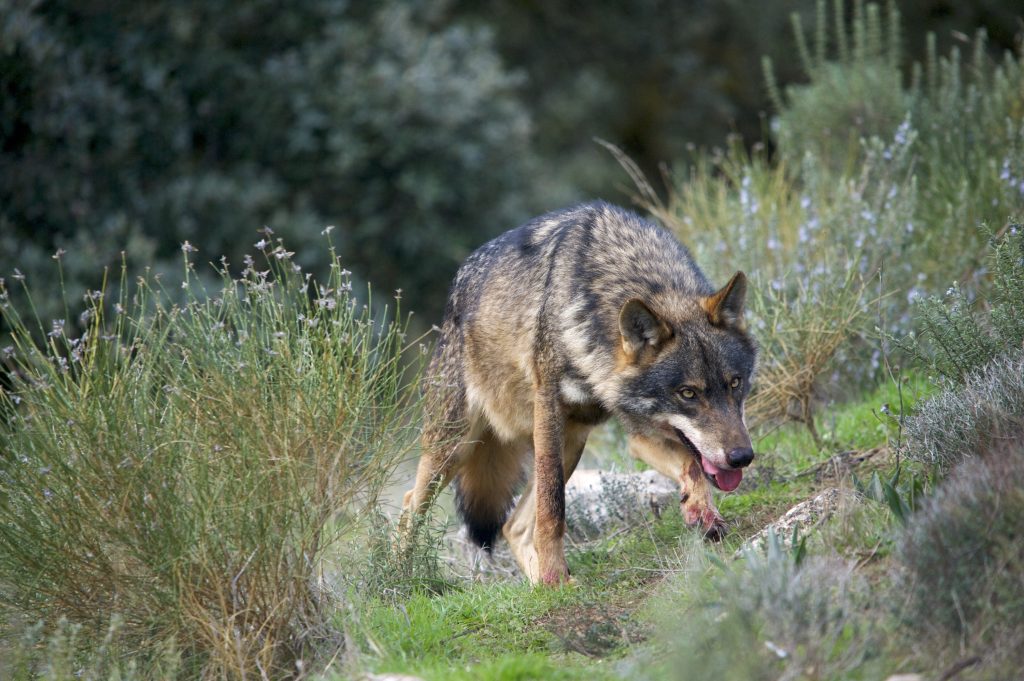Across the world many governments make money by allowing hunters to take a certain percentage of their population each year. In most countries this percentage is worked out carefully, so as to not damage the population in the long run.

Further issues can arise if a population has been over hunted in the recent past. Hunters will want to be able to continue to hunt, yet quotas will have to be significantly lower to allow the population to rebound.
Unfortunately, despite higher quotas often damaging governments hunting income in the future, the decision is often not based on accurate science. A complicating factor is farmers. Livestock farmers do not generally want any predators. It is quite true that there are plenty of educated farmers who recognize their benefit, but as a whole, the farming industry is generally against hunters.
However, this is the problem in Spain. Scientists believe that the Spanish governments estimates of wolf numbers are 30-50% too high. There are a variety of reasons for this problem. A study in Zamora demonstrates this. The government calculated there were 11 packs, while scientists could only identify 5. To make matters worse, the Spanish government then used the American average number of wolves per pack of 11, despite it being known that European wolf packs are smaller (4-7). This means that the government estimates a wolf population in this part of Spain at 11 packs of 11 or about 120 wolves. The scientists, however, say that there are 5 packs with an average of 5 animals in each, or 25. That is roughly 20% of the governments estimate.
As a result of this vast over-estimation of the wolf population far more wolves can be hunted. If the government allowed a 10% take, they would wipe out half of the wolves. The scientific study was Boycotted, and some of its lead scientists even received death threats.
In another region Castilla y Leon, hunters are given a quota of 150, yet it is thought that 3 times that number are killed each year. 50% of these wolves are migrating over from Portugal where they are strictly protected. This is despite the fact that only slightly more than 10% of the Iberian wolf population actually lives there.
Only 3 new wolf packs have formed in the last 26 years, which shows the pressure that the population remains under. Wolves that migrate over the Pyrenees into Spain from France do not tend to survive long. Wolves can easily travel 1000km and have spread effectively from the Alps and the Carpathians but they cant cross the Pyrenees. One of the biggest threats to wolves in Spain is that of poisoned bait. Stray dogs are far more dangerous to livestock, and it is thought that as much as 1,000,000 euros is paid out in compensation claims for supposed wolf attacks that were actually stray dogs. Because stray dogs have no fear of humans they can be more dangerous to both livestock and people.
What is frustrating, is that there is little tourism based around wolves, yet the country could benefit to a great extent.
My wife and I spent several weeks in the area around the Sierra de culebra-the last refuge of the Iberian wolf when their population got to its lowest of just a few hundred. It is a wonderful area, and I hope to return again. We had a brief view of a wolf crossing the road, and I was lucky enough to go out with a local guide and hear many wolves howling.
